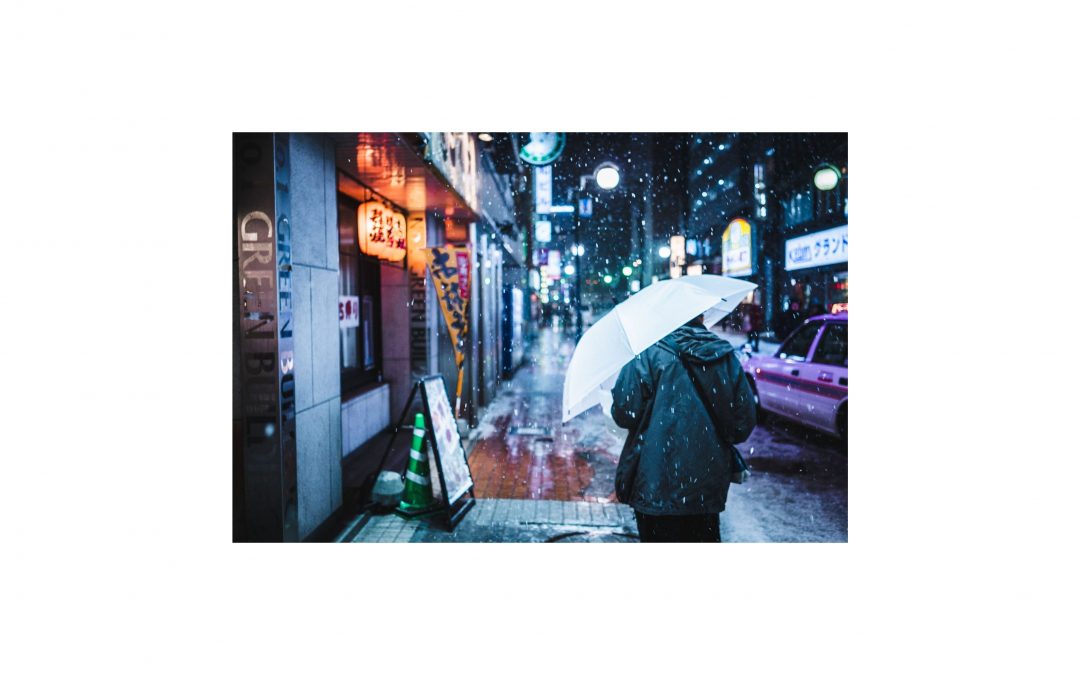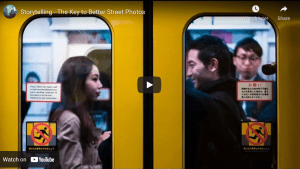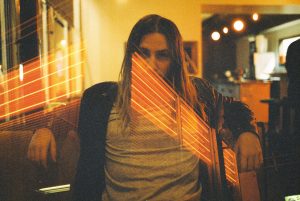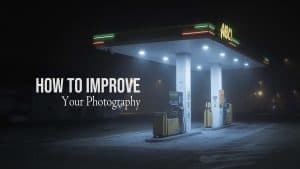I want to ramble a bit about the current state of Instagram, because I’ve been having these conversations recently with friends and myself inside my head. I’ve been trying to find the right balance between posting stuff that is true to myself, and good marketing. Marketing comes to me naturally, because aside from photography, I run an online marketing company. However, in an artistic field such as photography, too much marketing will start to hurt the authenticity of your work. Social media, and particularly Instagram, is the culprit of overmarketing.
Likes and “fame” can be addicting, and in my opinion there is nothing wrong with a bit of marketing – as long as it doesn’t compromise your work too much. But it’s very easy to go too far and lose sight of your true goals.
The Instagram algorithm may be problematic and almost seem corrupted, it seems many feel that it’s unjust in a way – it rewards low-level art, mainstream stuff, cliches and copycats. At least in the numbers. I do feel that there is some poetic justice hidden in the end though – people who grow an account by doing nothing original eventually realize that their numbers are worthless, because having 200,000 instagram followers means very little if you are not doing anything otherwise worthwhile. I mean, 200k will be nice either way, but think of it this way: Who do you think will find more work and generate more value: an authentic, original artists with 100,000 followers that have great engagement and appreciation for their work, or a dime-a-dozen IG “photographer” with 200,000 followers who does nothing but copies shots and cliches? The first example will have an engaging, niche-fanbase, while the latter example will have a big number of mainstream followers who will not even necessarily know the guys name. They’ll like his pictures, but will rarely convert into anything else.
This goes back to the 1000 true fans concept. Mainstream fans mean very little, but true fans will allow you to eventually make money from your hobby or get you some opportunities you wouldn’t have had before.
My goal is to avoid becoming the mainstream guy with 200,000+ useless followers, I’d rather be the guy with 100,000 high quality followers. But here’s where it gets tricky, especially with Instagram. The platform rewards a lot of marketing activities that can quickly make you feel like a sellout. At the same time, it’s almost impossible to grow a big account these days if you pay 0 attention to marketing – you’d need to be insanely talented and get a lucky break at the same time.
I’ve tried to find a couple of ways to balance marketing and authenticity.
Posting horizontal images but in a 4×5 palette
If you pay attention to engagement at all, it’s quite clear that on average posting horizontal images results in terrible engagement, due to the simple fact that they’re easier to scroll by. And if a lot of people scroll by once you post an image, the algorithm thinks your shot is boring and shows it to less people. To make things worse, Ig allows a very limited amount of vertical crops – you can’t make a picture longer than 4×5. This has forced me and many others to either crop our images to a vertical format, sometimes forcing things, or suffer worse engagement that at best performs poorly and at worst shadowbans your entire account, destroying your engagement long term.
If Instagram actually cared about art, they’d make each post take a similar amount of space or they’d compensate by being less strict to horizontal crops on the algorithm, but obviously they don’t – so now you have a few options.
First one, adding white borders with an app like Photogrid fixes the palette issue, and suddenly you start seeing regular level engagement on your horizontal crops. This was a great solution with only a few drawbacks – no need to compromise the crop anymore, however, if you don’t add white borders to every single photo from then on, your feed starts looking very goofy very fast. And you get less features (which are not that useful in the end anyway). For me, this was still an acceptable compromise…
Until they added the dark mode recently. Don’t get me wrong, dark mode looks gorgeous. HOWEVER, they only added it for Android 10 and iOs13 users, meaning more than half of Instagram users still can’t activate it – and this may not even change, judging by the language in IGs official stories. Furthermore, even if it was available to everyone, it ruins borders for at least half of your audience, so back to square one with this issues again.
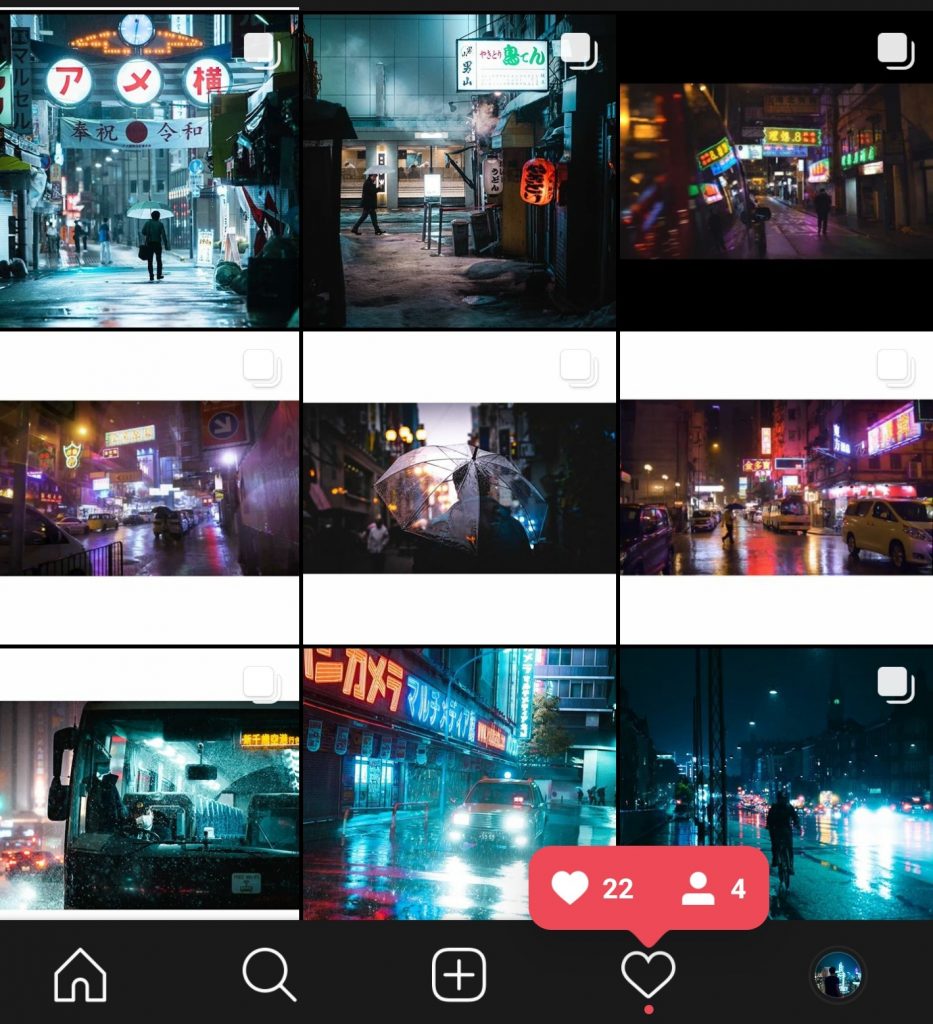
Currently, my feed is a bit of a mess…
I’m still trying to decide what to do in this case. I’m thinking to either just post horizontal crops without borders at all and take the hit. Or I’ve considered adding black borders instead, since I mostly do night photography – but in my tests, engagement seems quite bad this way as well, at least for now when only a small amount of users have dark mode enabled. Then the third option is to post horizontal images stacked on top of each other, so that the palette is still 4×5, displaying 2 images in 1. Or the 4th, worst option is giving up, selling out and going back to only posting crops.
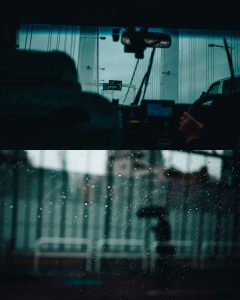
So far, I don’t know what I’ll do yet. I’ll test a few things and try to find a happy medium somewhere.
There’s a lot of people that would say “why care at all” or “why does engagement matter, just post what you want” – and I get the message, but the truth is with the way the IG algorithm is these days is that if your account isn’t growing, it’s at the risk of dying and losing most of it’s existing reach. There are legitimate benefits to having a bigger following, and I’ve worked quite hard to build the account up to this point. It doesn’t seem smart to just give it up entirely if there is a balance that can be found.
Reposting popular images
Something I’ve also been thinking about is this: How often is it acceptable to repost a popular image of yours? Some people do it constantly, others NEVER repost a single image. I think it’s okay to repost your best stuff occasionally, especially if there are variations in versions (e.g. an updated edit). This is because most people who follow you don’t remember every single image you’ve ever taken. Most likely, you’re the only one who remembers all of your stuff. And usually, your best stuff will be above your regular everyday content, so in my opinion it’s ok to repost your best stuff at least once a year or twice a year, especially if you do also offer a bit of variety. Not to mention, it’s fun to go back and re-edit your best stuff after you’ve improved your skills in order to do your work proper justice.
However what I think is not okay is looking at other people’s popular images, then going out with the purpose of re-creating it, just so you can have a popular instagram post. This is extremely lame, and while it may lead to big numbers, your followers will only include people who are so casual that they can’t spot copycats.
Post frequency
Instagram promotes posting every day. Every single day. But I feel like this might be the most dangerous quirk of the algorithm of them all. It gets you obsessed with always having a post ready for every day, and if you don’t, you’re forced to drop your standards. But in order to get better at photography, your standards should continue going up as your skill increases. The need to post every day ties back to the copying easy shots point in the last paragraph – it’s too easy to just snap a generic repetitive image with the same edit as everyone else – that’s one of the only ways you won’t run out of daily content – but it absolutely destroys your standard. And dare I say, your soul. I’ve given up on daily posting for these reasons.
At the same time, if you take a 1-2 month break or even longer, your account is at risk of dying. Another reason not to get too obsessed with daily posting is that you’ll burn out eventually, so stick to a pace that you can keep up long-term.
Experimenting
I guess there can be a feeling of pressure to deliver every time you post, especially once you start having a bigger account. You’re afraid to put out a dud, so you stick to what works. But experimenting is important to your growth as an artists, so I try to remind myself to do it more often.
On the flip side, when you do do something different, it can be easy to overrate your own work in that new category to you, simply because you don’t know it as well as your regular field. Then when you do post an experimental image, and it doesn’t work, it’s easy to blame the algorithm for that. Or think that your audience is fickle. But it’s important to be honest with yourself – is your experimental stuff actually objectively good, or do you only like it because it’s new and different? Because incorrectly overrating your experimental stuff can discourage you when you do release it and the engagement does tank.
I’ve had experimental shots do poorly before, as I’m sure everyone has. But to my surprise, some of my at-the-time experimental stuff did really well, teaching me a lot about photography and kind of restoring my faith in Instagram on some levels as well. These were images or videos that were so different to my usual stuff that I almost didn’t post them at all, but I’m now very glad I did. They taught me a lot.
It’s also good to experiment on other social networks. I’ve actually taken a liking to Twitter recently, because their format doesn’t penalize horizontal images and in general it seems more relaxed than Instagram. I also admittedly have a much smaller audience there, so there’s a lot less perceived “pressure”, so maybe that’s the only reason I feel Twitter is more relaxed.
Thanks for reading. I hope I don’t come across as elitist or pompous – I don’t mean to sound like I’m immune to the corruption of social media attention myself – to the contrary. I have to keep reminding myself what matters in order to stay on the right track. I hope you got something out of this ramble. Leave a comment below or DM me on Instagram if you wish to share your thoughts.
